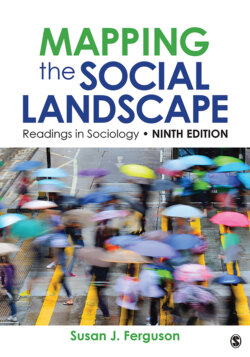Читать книгу Mapping the Social Landscape - Группа авторов - Страница 109
Using Racial and Ethnic Concepts to Include
ОглавлениеThe children also used racial and ethnic understandings and concepts to include others—to engage them in play or teach them about racial and ethnic identities.
Ling (5: Asian/Chinese) has a book that teaches the Chinese language. She announces to Debi that her grandmother has given her the book and that she is learning Chinese. Debi asks if she is making progress. Oh yes, Ling says happily, I have already learned many characters. They’re called characters, you know. She points out several. What does that say? Debi asks, pointing to one. Cat! Ling beams. Debi and Ling spend some time reading from Ling’s book, then Ling leaves to show off her reading prowess to another child.
Over several weeks, Ling’s behavior underscores for the observer how racial and ethnic understandings develop in social contexts. Ling engages numerous others in reading Chinese with her. Carrying the book everywhere, she earnestly tries to teach others to read and write Chinese characters. Chinese characters appear on other children’s drawings and on the playground. Other children actively embrace these new characters and concepts and incorporate them into their activities, a clear indication of how children learn ethnic ideas from each other. Ling’s efforts demonstrate that she is aware that non-Chinese, including adults, do not know how to read Chinese. Clearly she is aware that Chinese is distinct from the experience of most people around her, and she recognizes this even though she herself is just learning to read Chinese….
